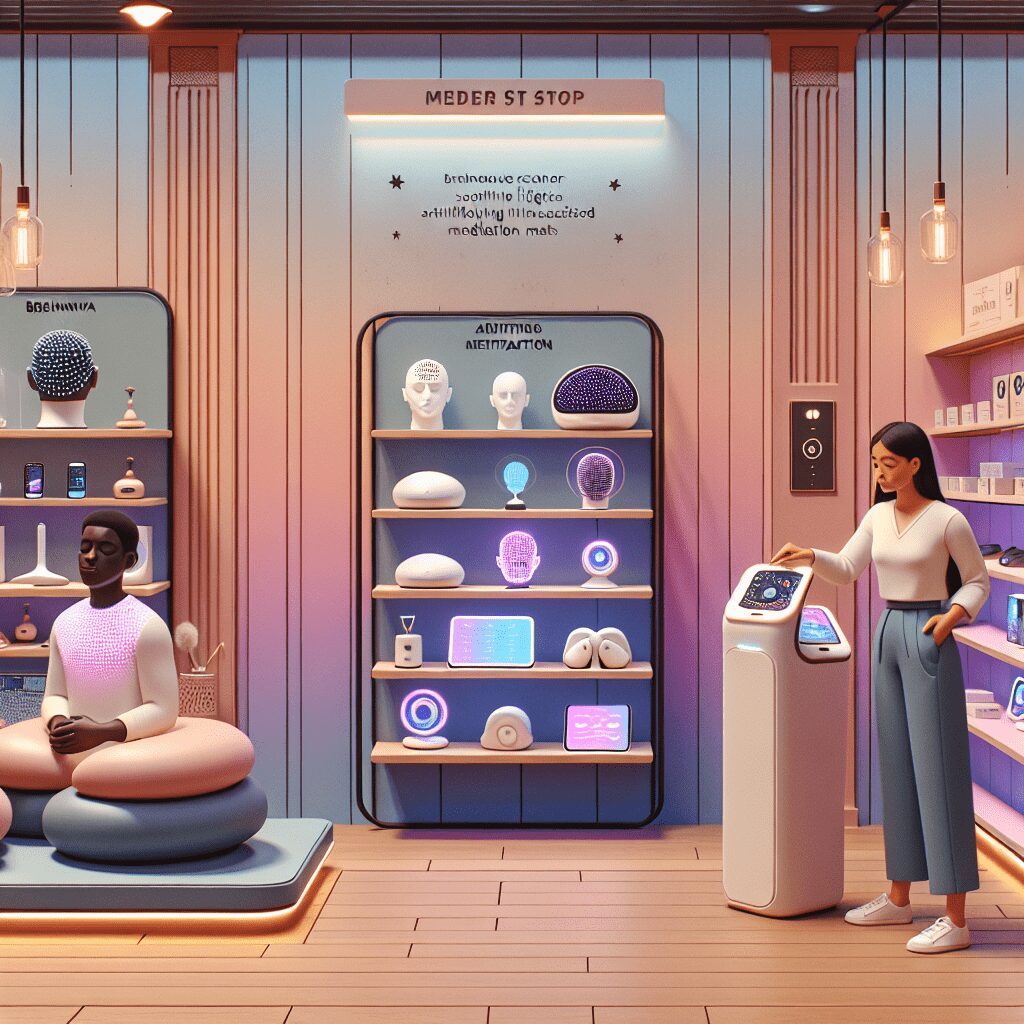
Prioritize your mental well-being daily. Enhance your life by nurturing your mental health with the Smart Meditation app. Break free from stress, alleviate anxiety, and enhance your sleep quality starting today.
What Are The Barriers To The Treatment Of Substance Use And Anxiety Disorders?
Navigating Through the Maze: The Challenges of Treating Substance Use and Anxiety Disorders
The intertwined complexity of substance use and anxiety disorders poses a unique conundrum in the realm of mental health treatment. This dual diagnosis—anxiety coupled with substance abuse—not only compounds the difficulties faced by individuals seeking help but also presents a multifaceted challenge for healthcare providers. As we venture into the labyrinth of treatment barriers, it’s imperative to recognize that overcoming these hurdles is a critical step towards recovery and healing.
The Stigma Struggle: A Double-Edged Sword
Ah, the elephant in the room—stigma. It looms large and in charge, casting shadows over individuals grappling with substance use and anxiety disorders. Herein lies the crux of the issue: the societal stereotypes and prejudices that brand these individuals as weak-willed or morally flawed. This stigma isn’t just an external blockade; it festers within, sewing seeds of shame and self-doubt, discouraging many from even seeking treatment. Let’s be real, nobody wants to be judged or labeled, and this fear of ostracization becomes a formidable barrier to addressing these co-occurring disorders.
Breaking the Stigma:
- Public Awareness Campaigns: Shine a light on the truth, debunk myths, and humanize the issue.
- Peer Support Groups: Nothing beats feeling understood by someone who’s walked in your shoes.
- Advocacy: Let’s get louder in our efforts to normalize mental health conversations.
The Tug-of-War Between Access and Affordability
You’ve likely heard the saying, “Money makes the world go round.” Well, it also plays a pivotal role in accessing quality healthcare. The stark reality is that treatment for dual diagnosis doesn’t come cheap, and for many, the cost is prohibitively high. But let’s not forget the accessibility issue. Imagine living in a rural area, miles away from the nearest mental health facility, or in an urban setting where the waiting lists are longer than a CVS receipt. It’s not just a hop, skip, and a jump away—it’s a marathon without a clear finish line.
Bridging the Gap:
- Increased Funding: We’re talking more subsidies, people! Let’s make treatment financially feasible for everyone.
- Teletherapy: A blessing of modern technology, breaking down geographical barriers one video call at a time.
- Community-Based Services: Local, accessible, and less intimidating—community centers can serve as a lifeline.
The Integration Imperative: Why Can’t We Be Friends?
Historically, treatment for substance use and anxiety disorders operated in silos, but here’s the kicker—they’re often two sides of the same coin. The failure to integrate mental health and substance abuse services is a bit like trying to solve a puzzle with half the pieces missing. By adopting a holistic approach that treats the individual as a whole, we stand a better chance at addressing the root causes and facilitating a sustainable recovery.
Holistic Harmony:
- Dual Diagnosis Programs: Tailor-made to tackle both issues head-on, with the understanding that they’re interconnected.
- Education for Practitioners: Equip healthcare workers with the tools and knowledge to treat dual diagnosis effectively.
- Collaborative Care Models: A united front of mental health professionals, addiction specialists, and primary care providers can work wonders.
Final Thoughts: A Call to Action
In the battle against the barriers to treating substance use and anxiety disorders, knowledge is our armor, and empathy our weapon. As a society, we’re on a journey—one that requires patience, understanding, and a collective effort to dismantle the obstacles in our path. Let’s champion the cause, advocate for integrated treatment approaches, and above all, foster an environment where seeking help isn’t just accepted—it’s encouraged. Together, we can turn the tides and navigate through this maze towards a brighter, healthier future.





